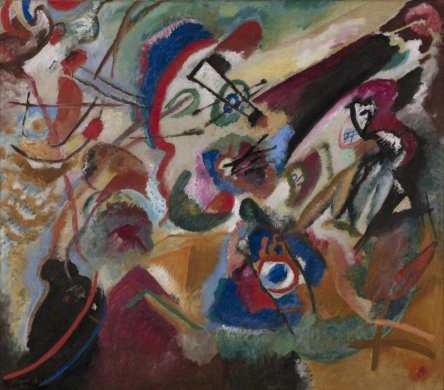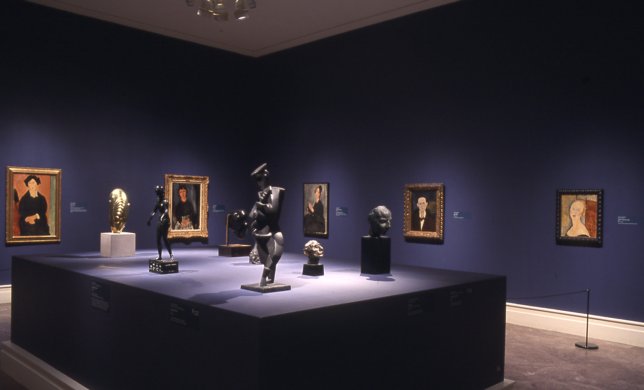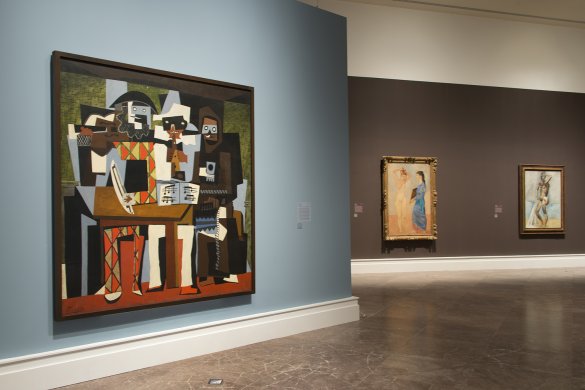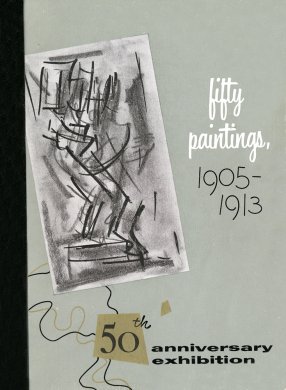Giorgio de Chirico
Italian, 1888-1978
The Anguish of Departure, 1913-1914
Artwork Details
Currently on View
Collection Highlight
Materials
oil on canvas
Measurements
support: 33 7/8 x 27 5/8 x 1 1/4 inches (86.04 x 70.17 x 3.18 cm); framed: 41 3/4 x 35 1/2 x 3 1/4 inches (106.05 x 90.17 x 8.26 cm)
Collection Buffalo AKG Art Museum
Credit
Room of Contemporary Art Fund, 1939
Accession ID
RCA1939:14.3
In his own words, Giorgio de Chirico aspired “to live in the world as an immense museum of strange things, of curious variegated toys that change their appearance.” He wanted to transform everyday objects into something altogether new in order to create feelings of uncertainty, alienation, and even fear. In The Anguish of Departure, the train along the horizon, the horse-drawn cart in the foreground, and the two central figures that are presumably saying goodbye directly reflect the concept of departure introduced in the work’s title. Anguish, however, is expressed through the scene’s unusual light and overall feeling of emptiness. Many of these elements likely refer to de Chirico’s life experiences. His father, who was a railroad engineer, died when the artist was just sixteen years old. This significant event is conceivably alluded to in several ways throughout the composition: the overall mood and title, the train, and the tall tower, a motif that de Chirico frequently utilized as a symbolic reference to man and particularly his father. After his death, de Chirico left Athens, Greece, where he grew up and began to travel. This eventually brought him to his parents’ native Italy. There, he was fascinated by the wide Renaissance plazas and arcaded buildings, subjects that also feature prominently in this work.



















